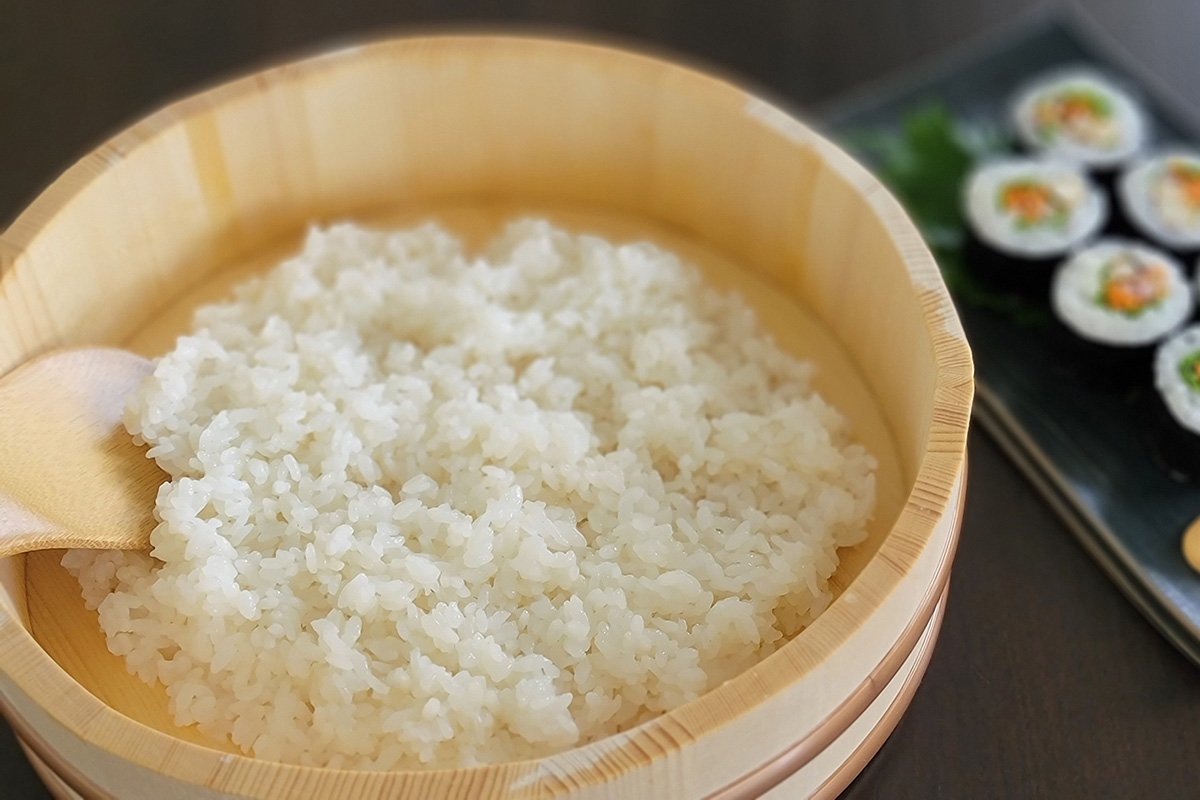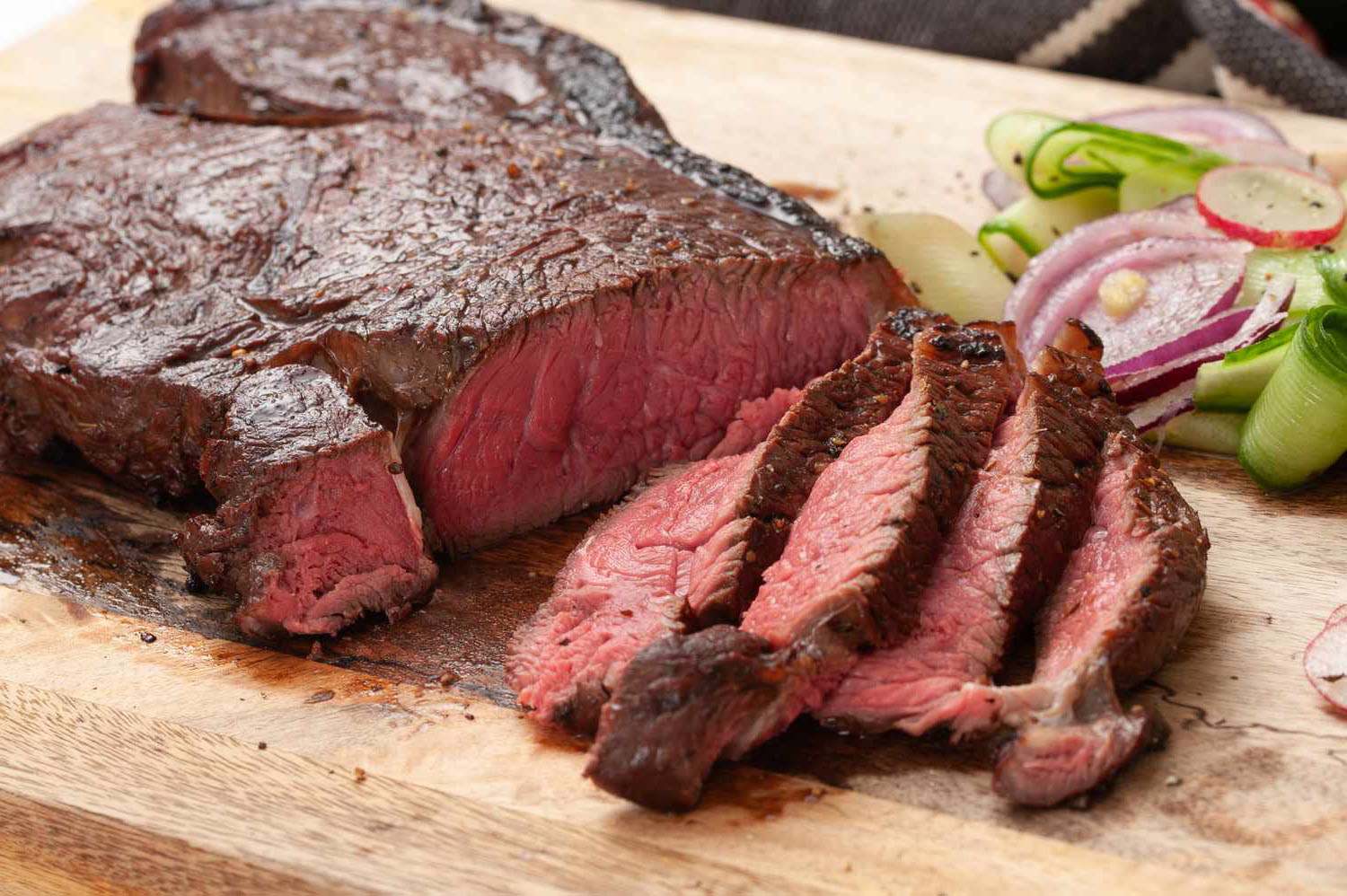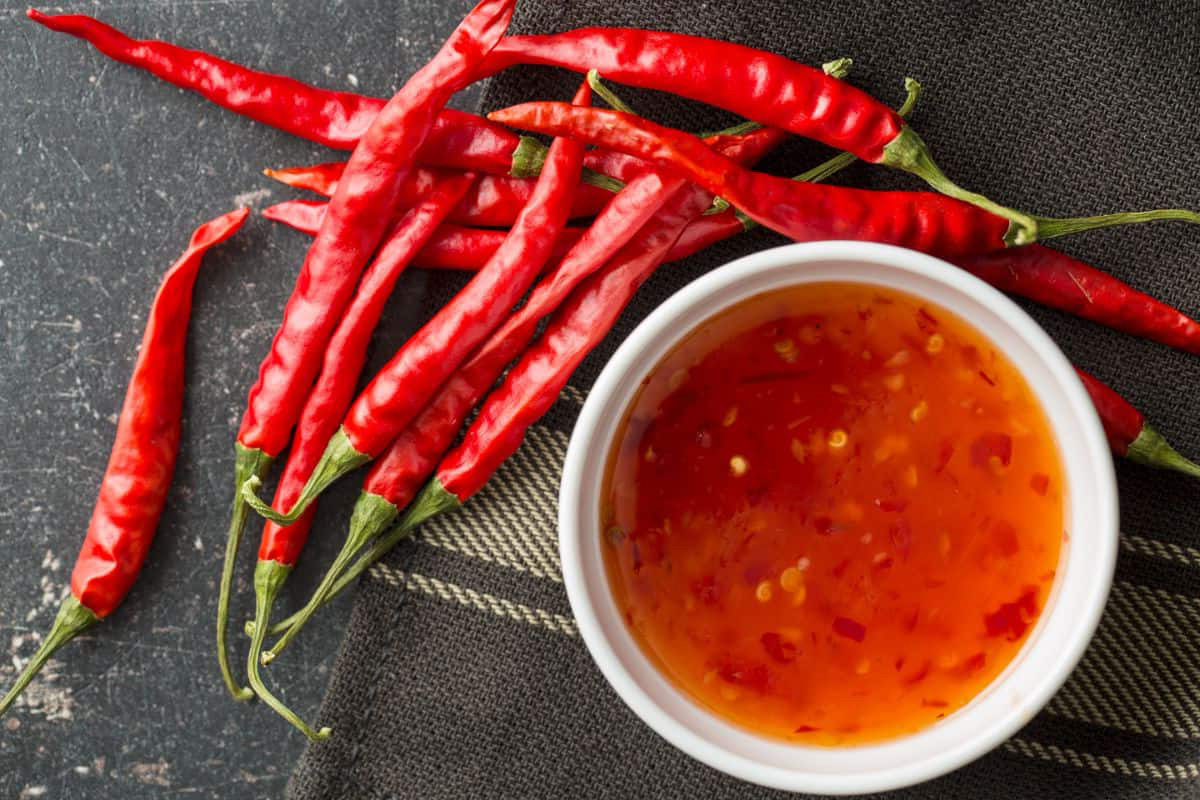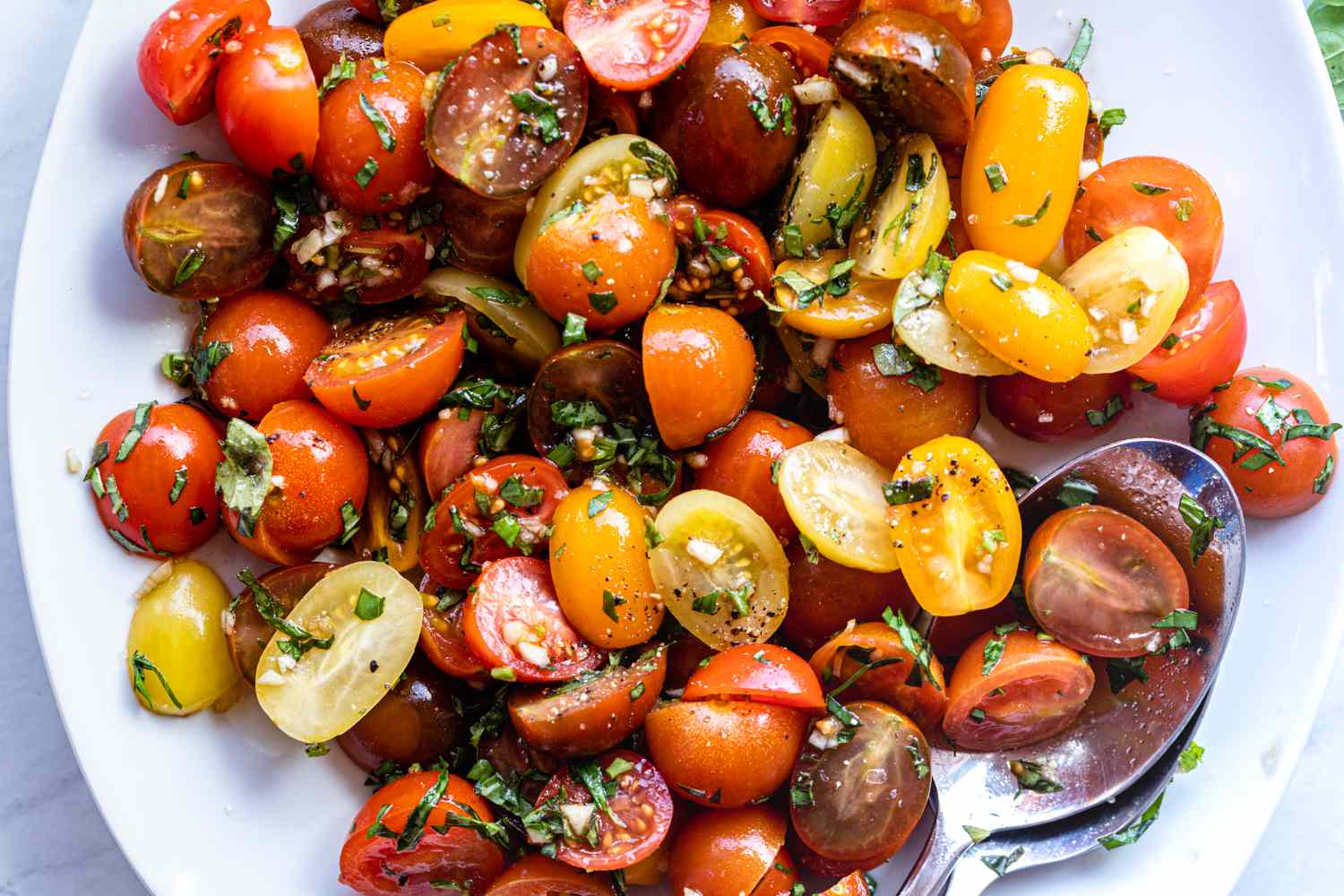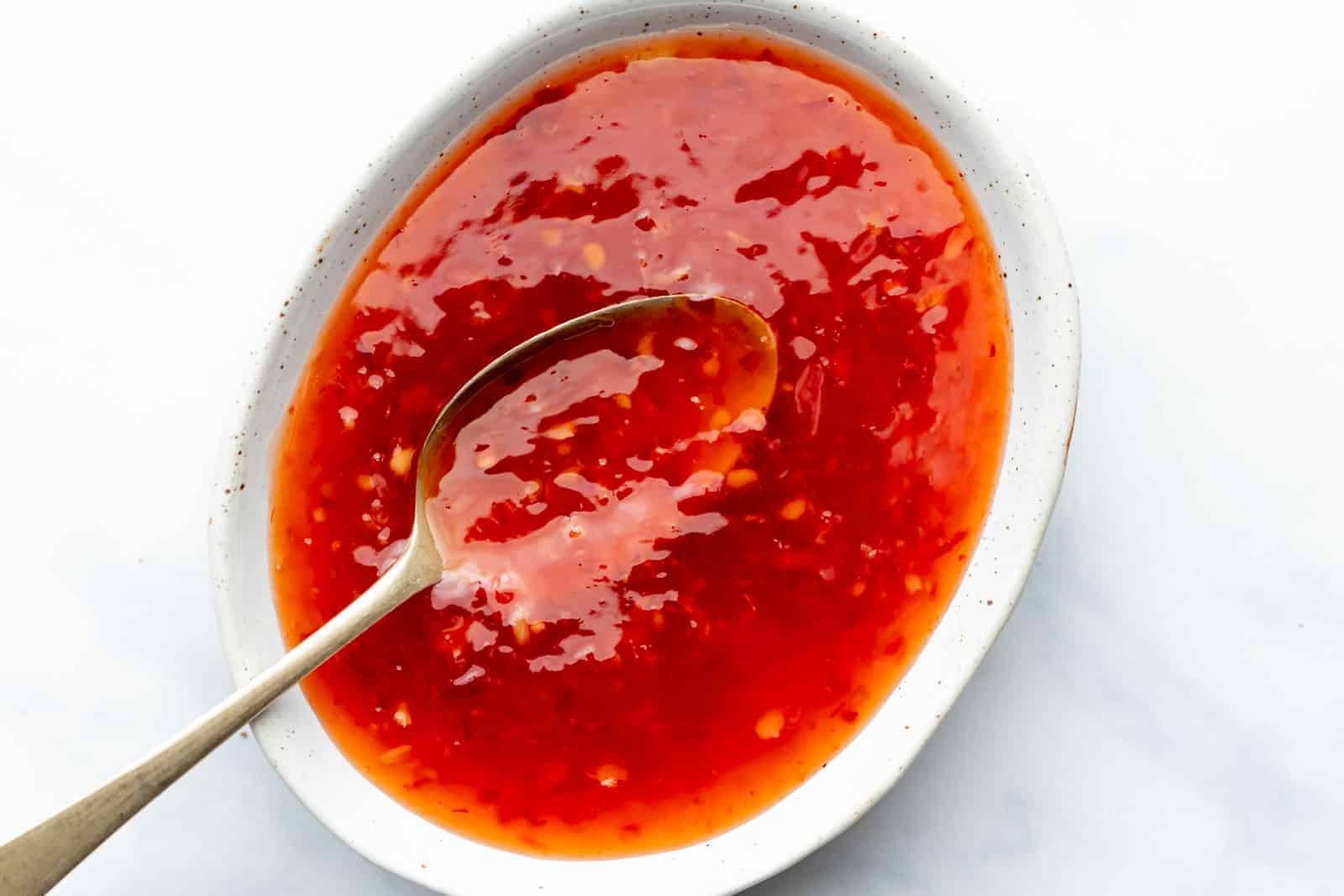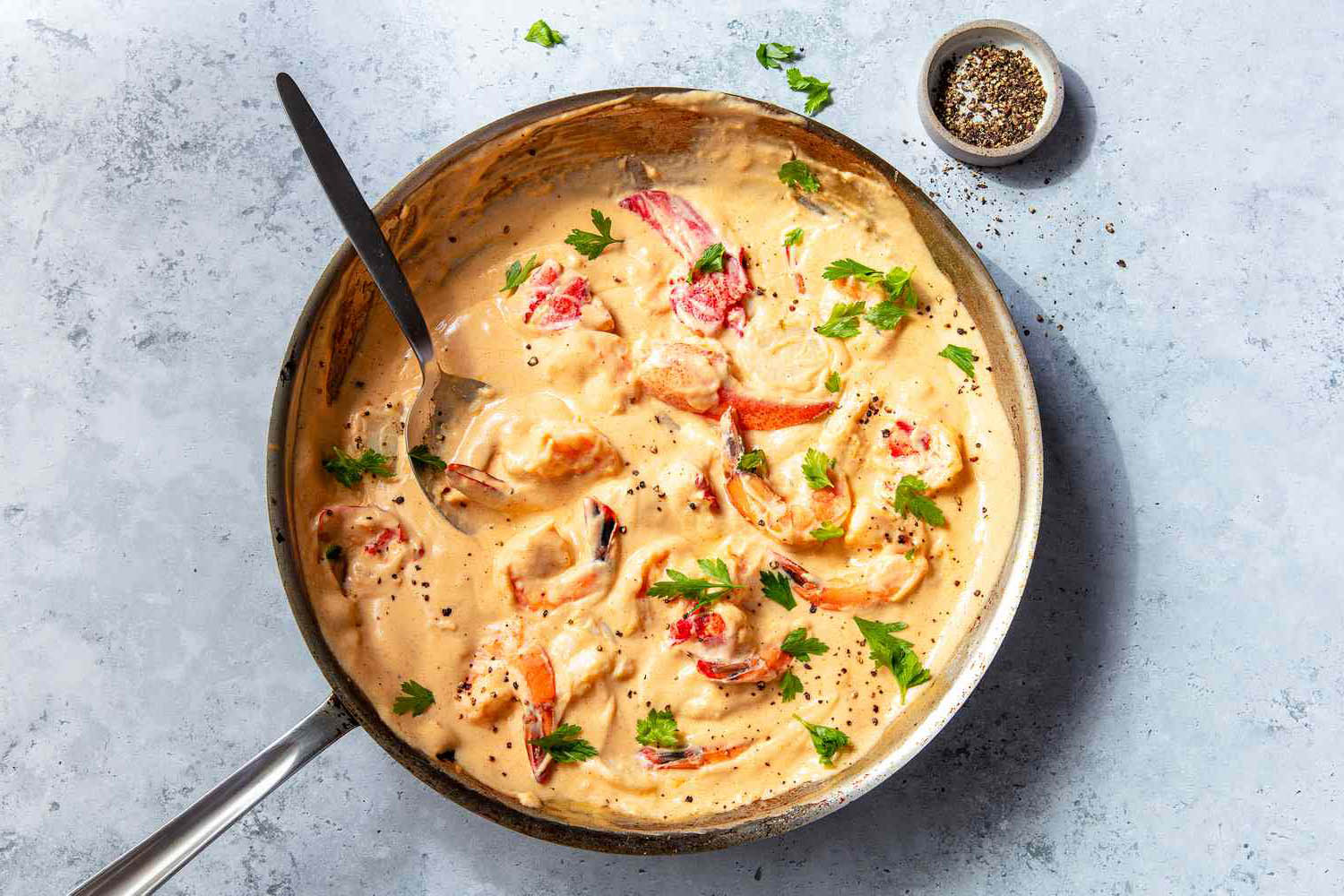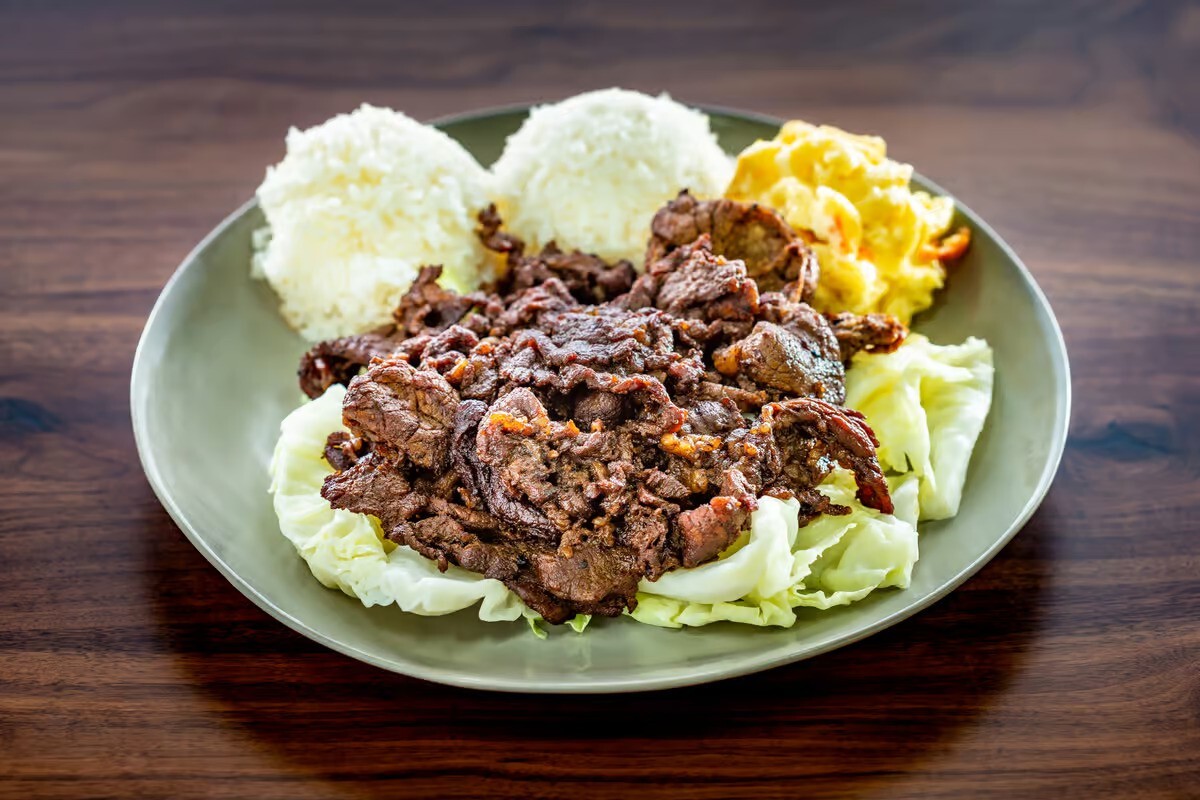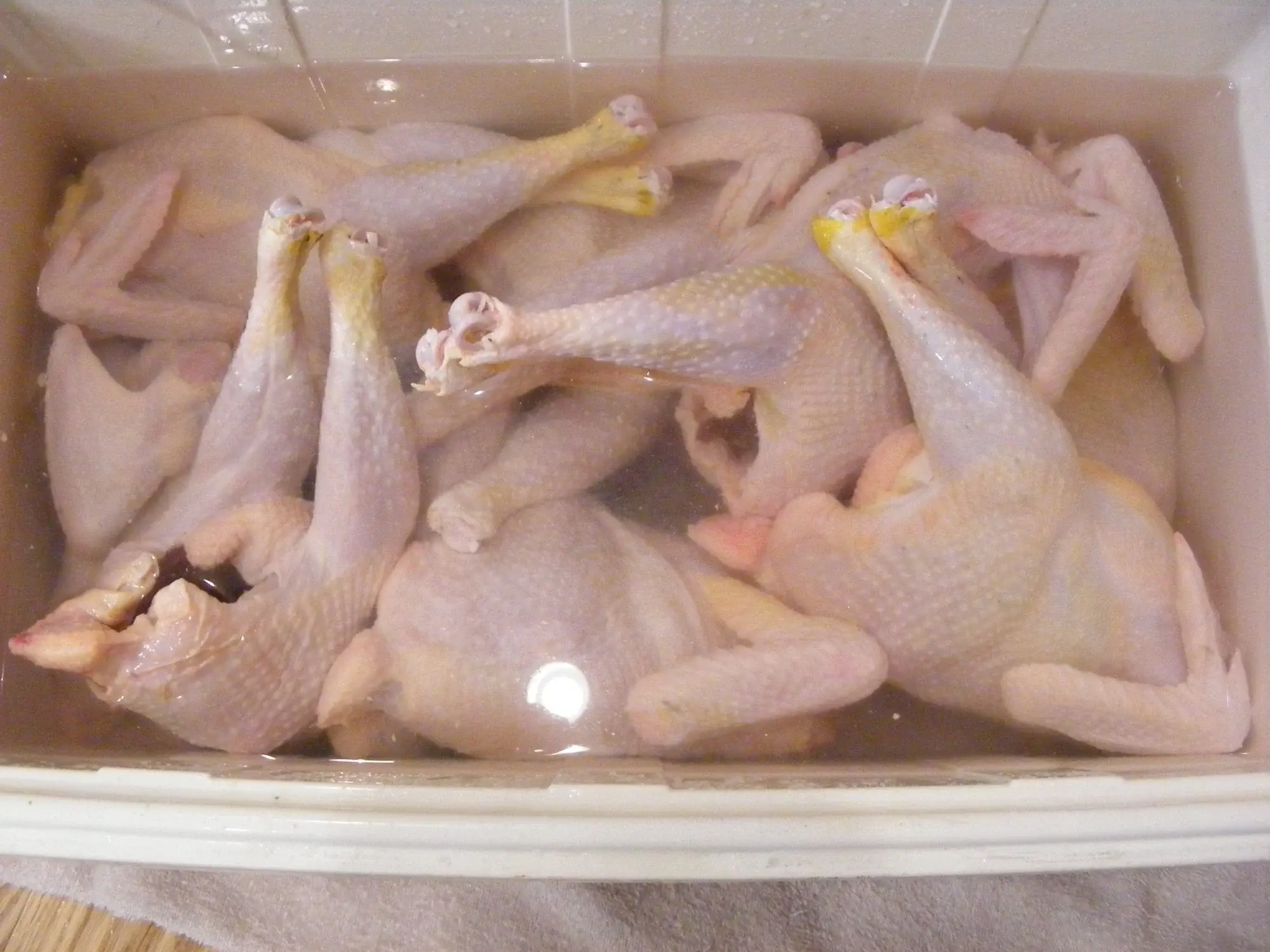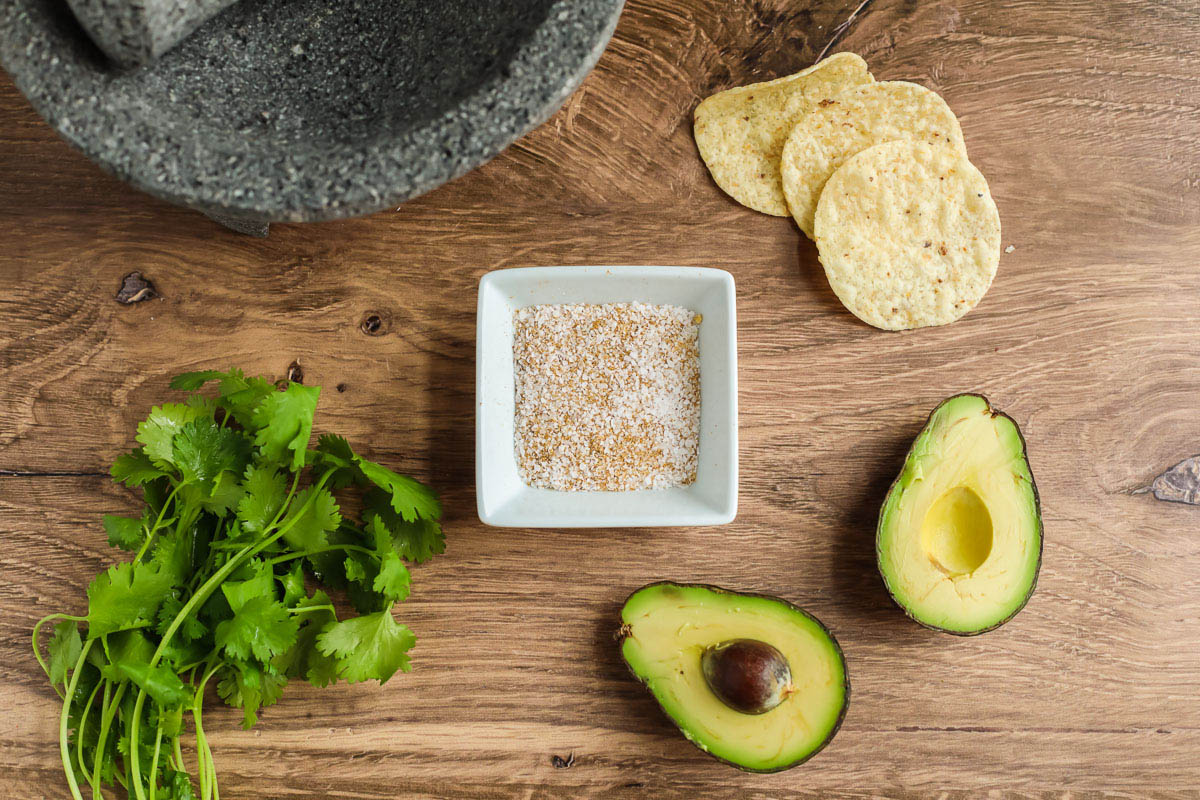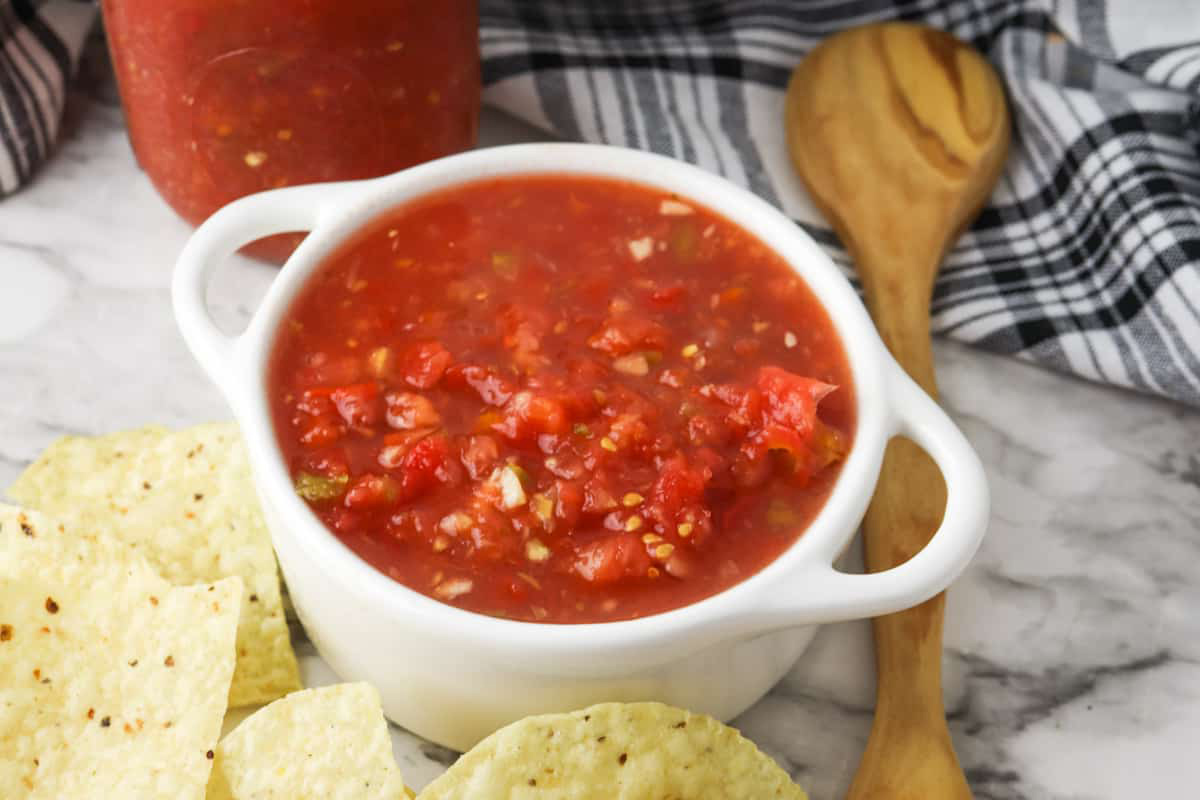Understanding the Purim Meal
When it comes to Jewish holidays, Purim is a time of joy and celebration. One of the central components of this festive occasion is the Purim meal, which holds great significance in the tradition of the holiday. Let’s take a closer look at what a Purim meal entails and why it is an integral part of the Purim celebration.
The Significance of the Purim Meal
The Purim meal, also known as the Purim seudah, is a special feast that is enjoyed on the day of Purim. This meal is a symbol of the joy and gratitude associated with the holiday, commemorating the salvation of the Jewish people from the hands of their enemies as told in the Book of Esther.
During the Purim meal, it is customary to partake in festive foods and drinks, engage in lively conversation, and express gratitude for the deliverance of the Jewish people. The meal serves as a reminder of the triumph of good over evil and the enduring strength of the Jewish community.
Traditional Foods Served at the Purim Meal
Like many holiday celebrations, the Purim meal is accompanied by a variety of traditional foods that hold special significance. Some of the most popular foods enjoyed during the Purim meal include:
- Hamentashen: These triangular pastries, filled with sweet fillings such as poppy seeds, fruit preserves, or chocolate, are a staple of the Purim meal. The shape of the hamentashen is said to represent the three-cornered hat worn by the villain of the Purim story, Haman.
- Meat Dishes: Many families include meat dishes such as brisket, chicken, or lamb as part of their Purim meal, symbolizing the festive nature of the occasion.
- Wine: Wine is a common feature of the Purim meal, with some traditions encouraging the consumption of alcohol to the point of intoxication as a way of celebrating the holiday’s joyful spirit.
Celebrating with Community and Charity
Another important aspect of the Purim meal is the emphasis on community and charity. It is customary to invite friends, family, and even strangers to join in the celebration, fostering a sense of unity and togetherness within the community. Additionally, the Purim meal often includes opportunities to give to those in need, reflecting the holiday’s focus on charity and compassion.
Conclusion
The Purim meal is a cherished tradition that brings people together to celebrate the triumph of good over evil and express gratitude for the blessings in their lives. Through festive foods, joyful gatherings, and acts of charity, the Purim meal serves as a powerful reminder of the enduring spirit of the Jewish community and the importance of coming together to celebrate and support one another.
As we partake in the Purim meal, we honor the traditions of the holiday and embrace the values of joy, unity, and generosity that lie at its heart.
Was this page helpful?
Read Next: What Is The Sausage Casing Size Chart?
